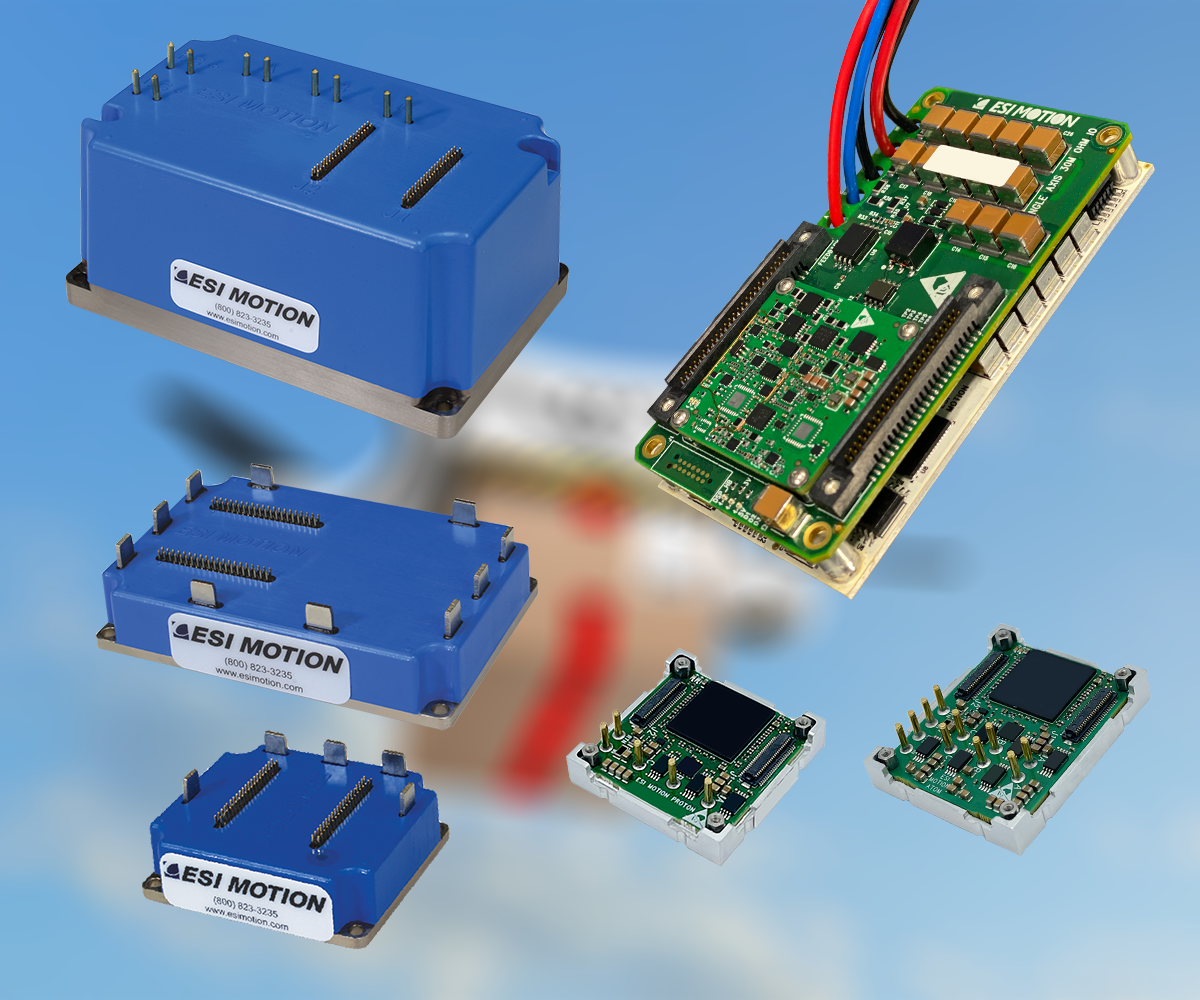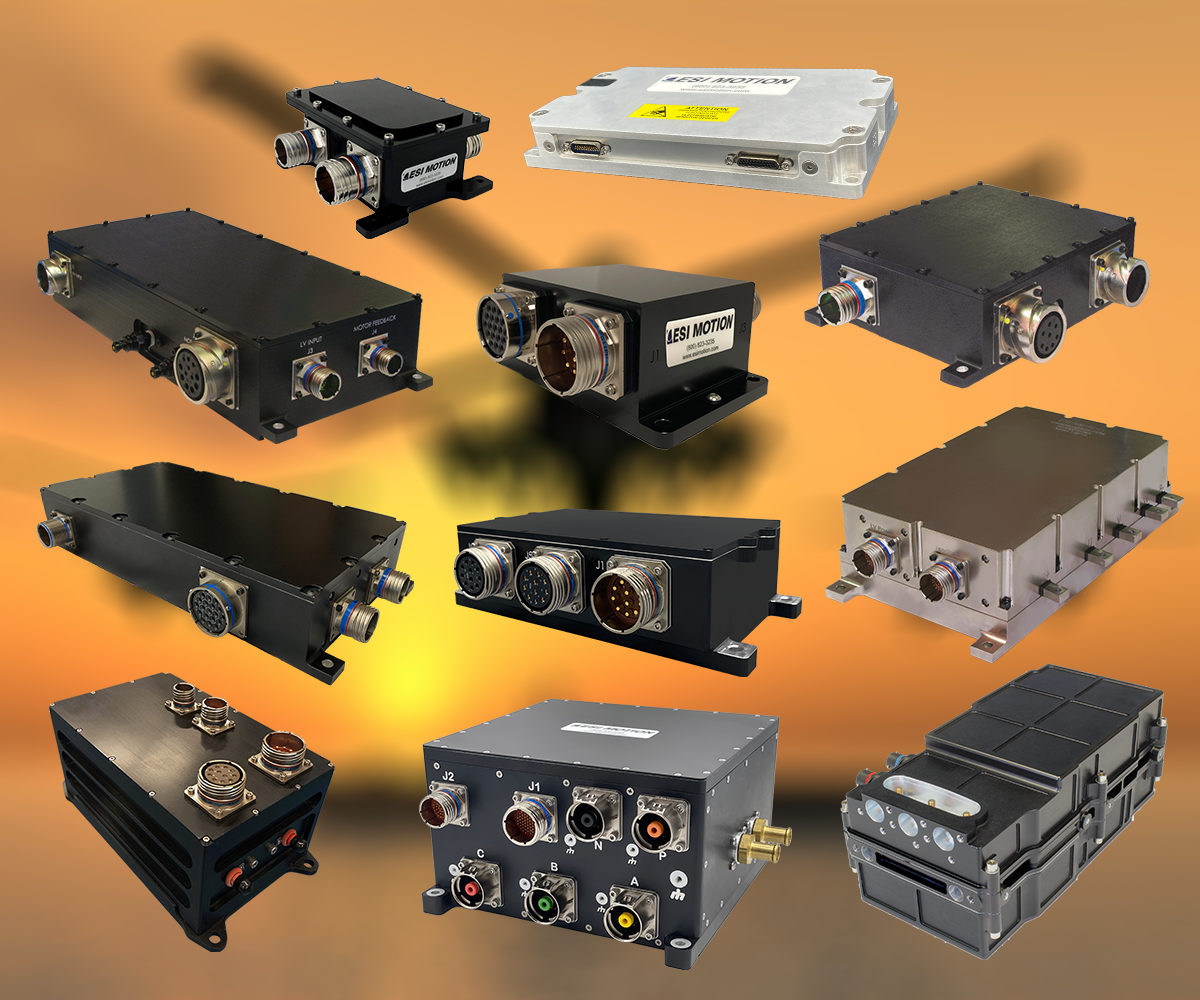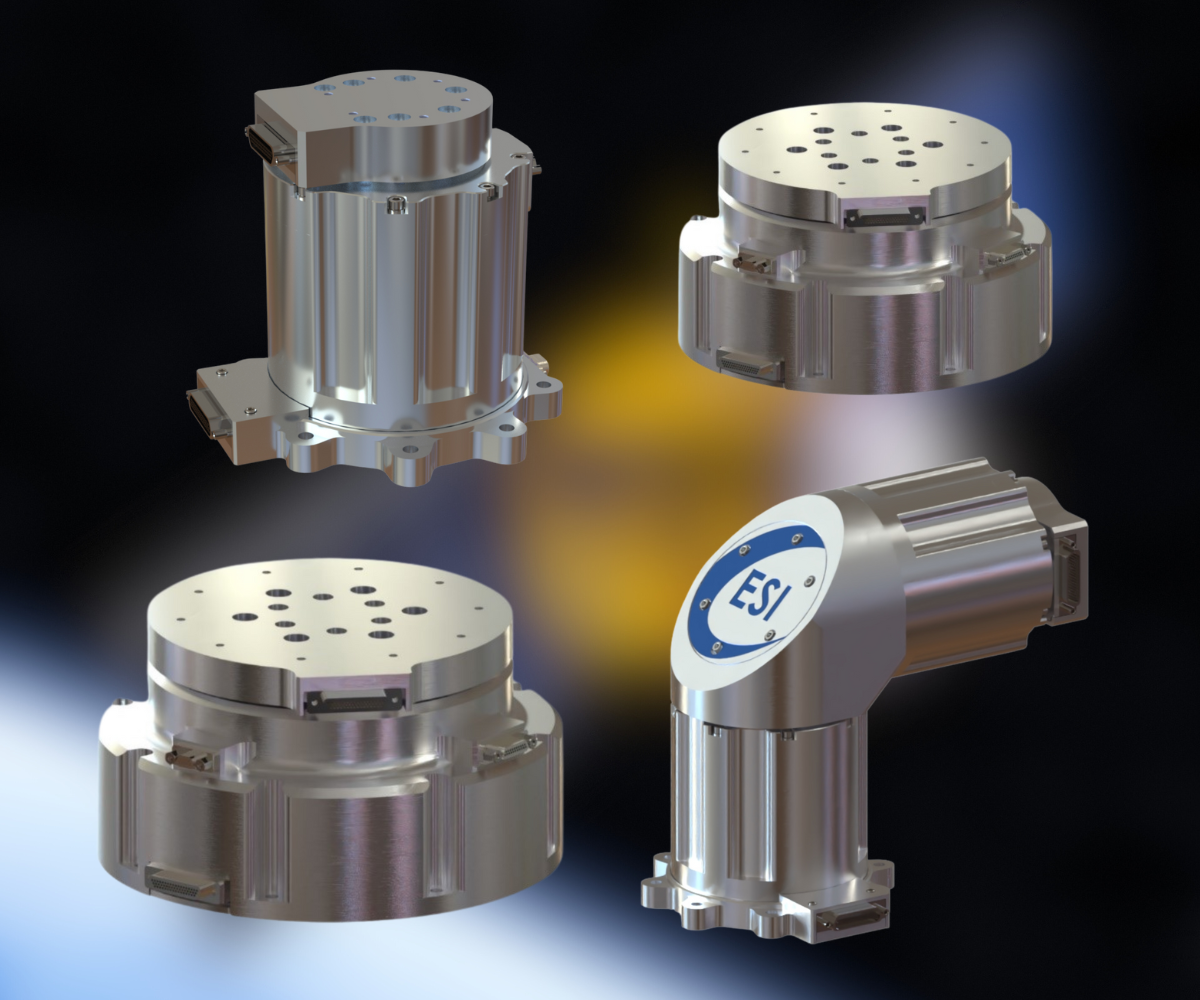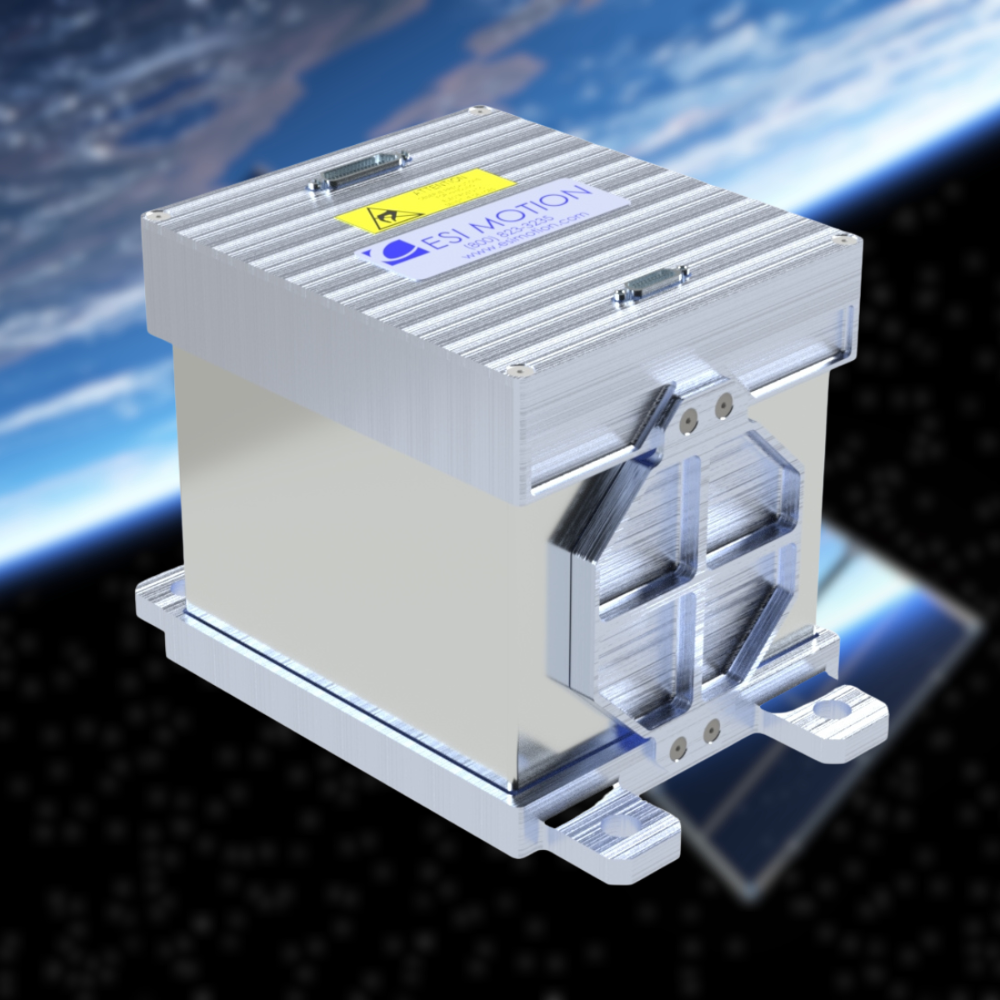What is the difference between a Servo Drives vs Servo Drive Modules?
A Servo Drive is an electronic amplifier that is used to control the operation of a servo motor. It provides the necessary power and control signals to the servo motor to ensure accurate position and velocity control.
A Servo Drive Module is a compact, self-contained unit that combines the functions of a Servo Drive and a servo motor in one package. It is a convenient and integrated solution for motion control applications where space is limited.
Both Servo Drives and Servo Drive Modules are designed to control servo motors, but the Servo Drive Module provides a more integrated and compact solution. ESI Motion’s Proton and Atom Servo Drive Modules are great examples each weighing less than 2 oz while putting out 50 Amps (Proton) and 100 Amps (Atom) respectfully.
Servo Drive Modules in Different Industries
Servo Drive Modules are commonly used in a variety of industries, including:
- Automation and Robotics: In automated assembly lines and robotic systems, Servo Drive Modules are used to control the motion and positioning of robots, conveyors, and other machine components.
- Packaging and Material Handling: In the packaging and material handling industry, Servo Drive Modules are used to control the speed and accuracy of packaging machines, conveyors, and other material handling equipment.
- Textile and Clothing Manufacturing: Servo Drive Modules are used in textile and clothing manufacturing for applications such as controlling the speed and positioning of looms, sewing machines, and fabric cutters.
- Medical Equipment: In medical equipment, Servo Drive Modules are used to control the positioning and movement of surgical instruments, patient positioning devices, and other medical equipment.
- Aerospace and Defense: In the aerospace and defense industry, Servo Drive Modules are used in applications such as controlling the position and movement of aircraft control surfaces, weapons systems, and satellite systems.
The Future of Servo Drive Modules
The future of Servo Drive Modules is expected to be influenced by advances in technology and the increasing demand for motion control in various industries. Some of the trends in the future of Servo Drive Modules include:
- Increased Integration: With the trend towards Industry 4.0 and the Internet of Things (IoT), Servo Drive Modules are expected to become more integrated with other control systems and devices, resulting in more efficient and smarter motion control systems.
- Improved Performance: Servo Drive Modules are expected to continue to improve in terms of accuracy, speed, reliability, and energy efficiency, making them even more suitable for demanding applications.
- Increased Demand: The demand for Servo Drive Modules is expected to increase as the use of automation and robotics continues to grow in a variety of industries, including manufacturing, logistics, and medical equipment.
- Miniaturization: The trend towards miniaturization in many industries will likely lead to smaller and more compact Servo Drive Modules, making them suitable for applications where space is limited.
Let ESI Motion Help You with The Demands of Space Systems
The servo drives modules that support many other industries, such as military defense, energy applications, and medical technology, are leading the way in space systems. Our team is ready to assist you with innovative solutions in all industries that are using Motion Control to push their business and applications forward.
To learn more about the modules, products, and engineering services we provide, please contact ESI Motion today by calling +1.800.823.3235 or email sales@esimotion.com. You can also reach out to us on our contact page.






